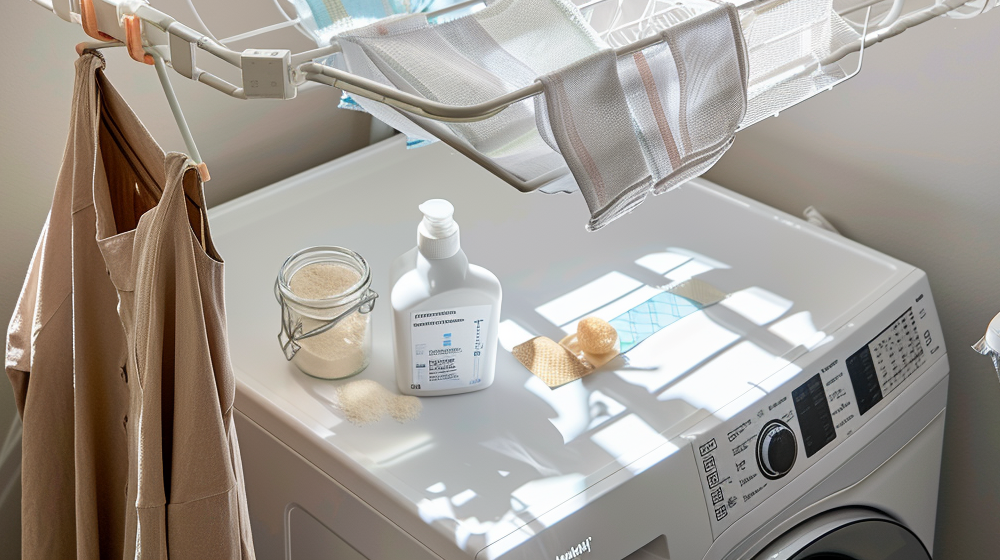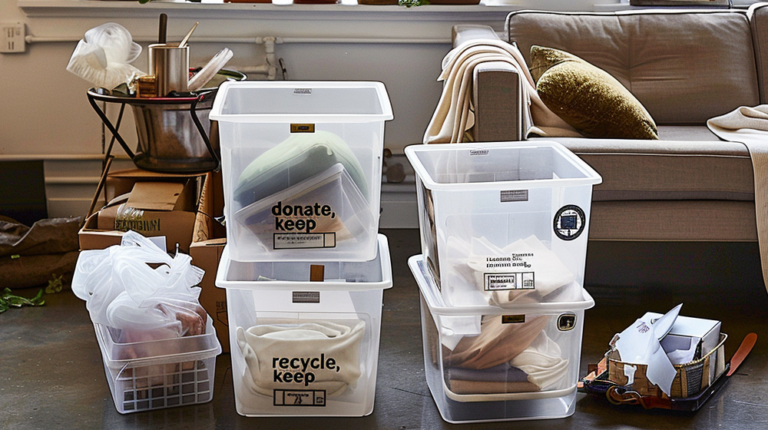Green Laundry Techniques
Although it may appear to be a routine task, laundry has a big influence on the atmosphere in the typical home. Sustainable laundry habits might be difficult for apartment dwellers who frequently use communal laundry facilities or who have little room for eco-upgrades. Regardless of your living arrangement, you may significantly lessen the environmental impact of your washing routine by making a few easy changes.
Recognizing the Environmental Effects of Laundry
Let’s look at the environmental impact of traditional laundry methods before moving on to solutions:
- Water consumption: Conventional washers use 19–25 gallons of water per load.
- Energy usage: Electric dryers and hot water use a lot of power.
- Chemical pollution: Conventional detergents contain synthetic fragrances, phosphates, and surfactants.
- Microplastic shedding: Microfibers from synthetic fabrics are released into waterways.
- Machine lifespan: Inappropriate use increases waste and reduces machine lifespans.
Temperature Modifications: The Most Basic Switch
There is no specific equipment needed for the simplest sustainable laundry change:
- Cold water washing: Just using cold water can save 90% on energy use.
- Warm instead of hot: Using warm water rather than hot water to remove tough stains saves 50% of the energy.
- Detergents that are suitable for the temperature: Seek recipes made to function well in cold water.
Alternatives to Detergent for Apartment Living
Traditional detergents frequently include dubious substances and are packaged in large plastic containers.
- The use of concentrated eco-detergents reduces the need for product and packaging
- Detergent sheets completely do away with plastic packaging
- Detergent pods are pre-measured to avoid overuse (search for biodegradable coatings)
A zero-waste substitute for liquid detergents is provided by the Earth Breeze Laundry Detergent Sheets. These environmentally friendly, plastic-free sheets are lightweight enough to be stored in small flats, come in compostable packaging, and clean clothes well in both hot and cold water.
Strategies for Load Optimization
Increase the effectiveness of communal washing facilities:
- Full loads only: Wait until you have enough laundry for a full load.
- Sort by fabric weight: To ensure equal drying, wash and dry comparable items together.
- Avoid overloading: Cramming machines increase wear and decrease cleaning efficacy.
Air-Drying Options for Constrained Areas
Although air drying in flats poses difficulties, dryers use enormous amounts of energy.
- Foldable drying racks can be stored compactly when not in use.
- Over-door options: Make use of vertical space without occupying floor space.
- Retractable clotheslines: Place in balconies or bathrooms, then retract when not in use.
- Shower rod hangers: Hang delicates from existing bathroom fittings.
Stain Removal Without Dangerous Substances
Avoid using harmful stain removers to get rid of stains and spots:
- Targeted spot treatment: Apply natural solutions directly to stains
- Natural stain fighters: Lemon juice, white vinegar, and baking soda combat various stain types
- Sunshine bleaching: UV rays naturally brighten whites without the use of chemicals
- Immediate cold water rinse: Flush stains before they set
Fabric Maintenance for Extended Life
Increasing the lifespan of garments lowers waste and the effects of manufacturing.
- Wash less often: Many items don’t require washing after every wear.
- Pre-treat high-wear areas: Even though the rest of the garment is clean, collars and cuffs frequently require attention.
- Microplastic-catching laundry bags: Prevent shedding from synthetic fabrics.
- Gentle cycle selection: Prolongs the life of garments and lessens fiber disintegration.
How to Use Common Laundry Facilities
Even when using shared machines, choose environmentally responsible options:
- Off-peak usage: Use less energy by washing at off-peak times.
- Bring your own eco-products: Avoid using detergents from vending machines.
- Advocate for improvements: When facilities modernize, ask for eco-friendly machines.
- Share sustainability tips: Build a network around more efficient laundry techniques.
Fast-Start Modifications for Instant Effect
Take these easy steps to get started on your sustainable laundry journey:
- For all loads that aren’t really dirty, switch to cold water.
- Use a plastic-free substitute for liquid detergent.
- Purchase a little drying rack for a portion of your clothes.
- Only wash full loads, even if it takes one extra day.
- For synthetic clothes, use a Guppyfriend Washing Bag that captures microplastics.
There is no need for specific permits, long-term changes, or large financial outlays to implement eco-friendly laundry techniques in residential settings. You can significantly cut down on water use, electricity use, and chemical pollution by making deliberate changes to your routine. You may also be able to prolong the life of your clothing and communal washing equipment.






